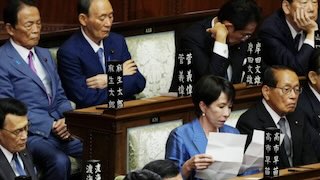Jul 29 (sunnewsonline.com) - Japan’s push to obtain UNESCO World Heritage recognition for a former gold mine key to the nation’s industrialization will be delayed because its application was insufficient, officials said Thursday.
The efforts to obtain a UNESCO listing for the Sado Island mine were protested by South Korea and have added to their diplomatic frictions over Japan’s colonization of the Korean Peninsula and its actions in World War II.
The mine in northern Japan operated for nearly 400 years and was once the world’s largest gold producer before closing in 1989.
South Korea opposed the registration as inappropriate because of Japan’s wartime abuse of Korean laborers. Seoul has said Koreans brought to Japan during its 1910-1945 colonization of the Korean Peninsula were put to forced labor at the mine.
Historians say Japan used hundreds of thousands of Korean laborers, including those forcibly brought from the Korean Peninsula, at mines and factories to make up for labor shortages, as most working-age men were sent to battlefronts across Asia and the Pacific.
The town and Niigata prefectural sites praise the Sado Island mine for mining technology development before and after industrialization. There is no mention of its wartime use of Korean laborers.















